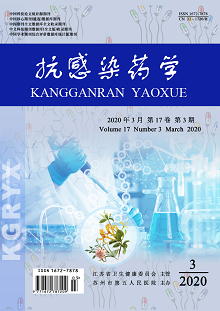ZHANG Ming-fa, SHEN Ya-qin
Sophocarpine inhibits proliferation in association with dosage on hepatoma(HepG2, 9711, SMMC-7721, HCC-LM3, MHCC-97H)cell, large intestine carcinoma (SW480, LS147t , SW620, HCT-116) cell, carcinoma of esophagus EC109 cells, gastric carcinoma BGC823 cells, leukemia K562 cells, HL-60 cells, lymphoma U937 cells, lung cancer A549 cells, neuroglioma C6 cells, ovarian carcinoma SKOV3 cells, PM-2 cells in vitro. Oxysophocarpine inhibits proliferation in association with dosage on HepG2, SW480, LS174t, BGC823, C6 cells and mammary cancer MCF-7 cells in vitro. Sophocarpine has the effects of inhibiting transplant growth of HCC-LM3 cells, sarcoma W256, S37, S180, EAC, Lio 1, leukemia L615 and cervical carcinoma U14 cells in mice or rats in vivo. Clinically, Sophocarpine can also be used to treat malignant hydatidiform mole. In this paper, the literature on the antitumor effects of sophocarpine and oxysophocarpine on tumor cells were reviewed, and the research progress was analyzed.
